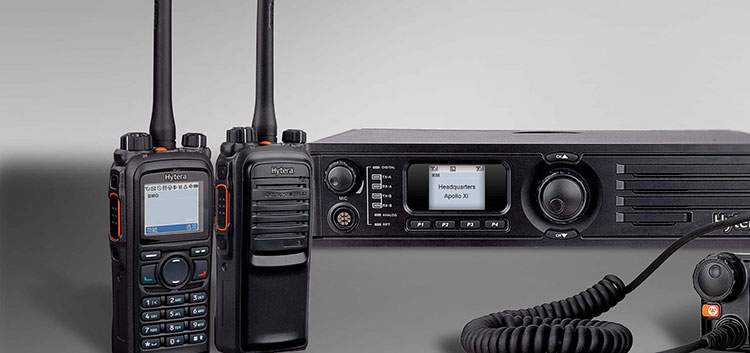How can you adjust the frequency of walkie-talkies? What is the relationship between walkie-talkies and their frequencies? Many people have struggled to understand this concept. Walkie-talkie users, whether they are professional or amateur, often face confusion when it comes to the relationship between walkie-talkies and their frequencies. Some mistakenly believe that buying two walkie-talkies of the same brand is sufficient for communication. This article clarifies the process of adjusting walkie-talkie frequencies and their significance.

How to Adjust Walkie-Talkie Frequencies:
There are two types of handheld walkie-talkies: professional and amateur. Professional walkie-talkies require the use of a computer, along with programming cables and software, to read, write, and modify their frequencies. This is similar to connecting a USB cable between a computer and a smartphone; it requires drivers and software to operate. Once all these tools are prepared, you can read and write the frequencies for the professional walkie-talkie.
In contrast, amateur walkie-talkies can usually be manually adjusted for frequency.
Understanding the Relationship between Walkie-Talkies and Frequencies:
The relationship between walkie-talkies and their frequencies is akin to purchasing a new mobile phone that requires a phone number (a numerical value) to make calls. In the same way, walkie-talkies need to be set to the same frequency in order to communicate with each other. It is essential to remember your frequency settings and share them with your communication partner to make the process simple and convenient.
Methods for Adjusting Walkie-Talkie Frequencies:
1. Transmitting Section: The phase-locked loop and Voltage-Controlled Oscillator (VCO) generate the radio frequency (RF) carrier signal for transmission. It goes through buffering amplification, exciter amplification, and power amplification to achieve the desired RF power. The RF signal then passes through an antenna low-pass filter to suppress harmonic components before being transmitted through the antenna.
2. Receiving Section: The receiving section uses a double-conversion superheterodyne method. The RF signal from the antenna undergoes RF amplification after passing through the transceiver conversion circuit and bandpass filter. It then goes through another bandpass filter and enters the first mixer, where it is mixed with the first local oscillator signal from the phase-locked loop frequency synthesizer circuit to generate the first intermediate frequency (IF) signal. The first IF signal is further filtered using a crystal filter to eliminate adjacent channel interference. The filtered first IF signal enters the IF processing chip, where it is mixed again with the second local oscillator signal to generate the second IF signal. After further filtering with a ceramic filter to remove unwanted spurious signals, the second IF signal is amplified and demodulated to produce audio signals. These audio signals go through amplification, bandpass filtering, and deemphasis circuits, entering the volume control circuit and power amplifier, which drive the speaker to deliver the desired information.
3. Modulation Signal and Modulation Circuit: Human speech is converted into an audio electrical signal by a microphone, which is directly modulated by a Voltage-Controlled Oscillator for modulation.
4. Signaling Processing: The CPU generates CTCSS/DTCSS (Continuous Tone-Coded Squelch System/Digital Coded Squelch System) signals, amplifies and adjusts them, and sends them to the Voltage-Controlled Oscillator for modulation. After receiving and demodulating the low-frequency signal, a portion of it undergoes amplification and sub-audio bandpass filtering for shaping before entering the CPU. It is then compared with a preset value, which controls the audio amplifier and speaker output. If the received signal matches the preset value, the speaker is turned on, and if not, the speaker is turned off.
Please note that this is a general overview of walkie-talkie operation and frequency adjustment. The specific steps may vary depending on the make and model of the walkie-talkie.

